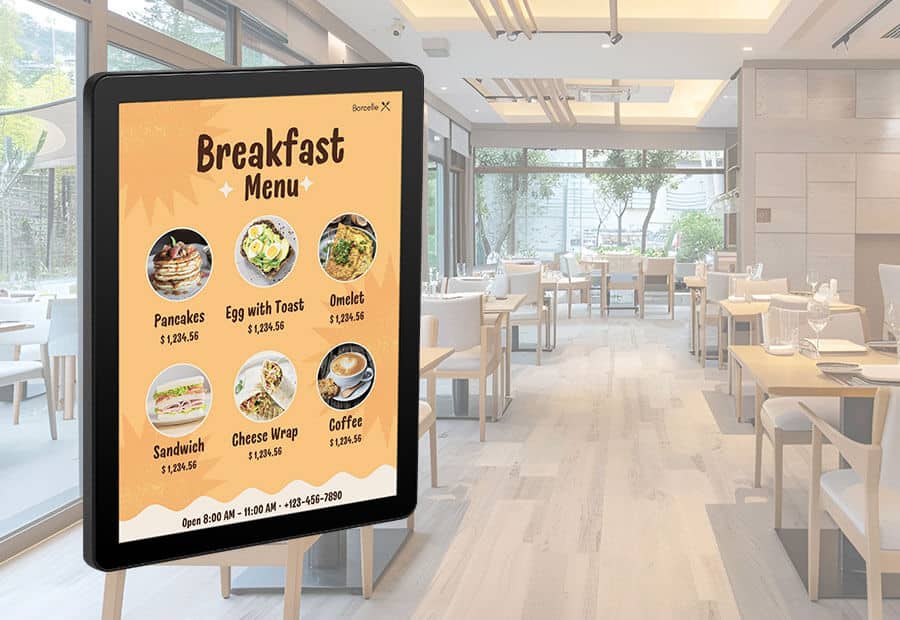The Advantages of Electronic Paper Displays for Readers
The Advantages of Electronic Paper Displays for Readers
Blog Article
Display technology is now an integral part of our everyday lives, appearing in from smartphones and e-readers to large-scale promotion panels. On the list of diverse range of E ink computer display, OLED (Organic Light-Emitting Diodes), and LED (Light-Emitting Diodes) have appeared as some of the very most widely mentioned options. While each type serves its special purpose, their differences in characteristics, effectiveness, and use instances cause them to become suitable for certain applications. Let's take a deeper look at the critical traits of those display technologies.
Electronic Paper displays (ePaper)
Electronic Paper displays, also called ePaper or Electronic Ink displays, are designed to imitate the look and readability of traditional Ink on paper. That technology employs tiny microcapsules containing priced dark and white contaminants stopped in a clear fluid. When an electrical field is applied, the contaminants proceed to each side of the pill, creating a visible image. The image stays fixed until another electric subject is used, rendering it ideal for showing text-based content such as for example books, newspapers, and e-readers.

One of the principal benefits of ePaper displays is their reduced energy consumption. Unlike conventional LCD
Understanding Electronic Paper displays
An electric Paper display (ePaper) mimics the appearance of Ink on paper. Unlike conventional screens, ePaper utilizes its power to reflect ambient mild as opposed to emitting its own. That technology not only decreases attention strain but additionally gives unmatched readability in sunshine, making it suitable for e-readers and digital signage solutions.
One standout function of ePaper displays is their extremely minimal energy consumption. Because they simply use power when changing content, ePaper displays are extremely successful and ideal for battery-powered devices. However, their renew charges are slower compared to OLED and LED displays, limiting their applicability to fixed or minimally powerful content.
OLED displays
OLED displays are known for their beautiful visual quality, giving vibrant shades, strong blacks, and outstanding contrast. Each pixel in an OLED display produces a unique mild, eliminating the need for a backlight. This not merely provides for finer, more lightweight types but additionally effects in better energy performance in comparison to LED using scenarios.
One critical advantage of OLED displays is their flexibility. They may be made in curved or collapsible patterns, making them popular in cutting-edge smartphones and wearable devices. However, OLED displays have challenges, such as for example susceptibility to burn-in and shorter lifespans compared to other technologies.
LED displays
LED displays, the most common of the three, rely on a backlit system to gentle their pixels. While not as visually impressive as OLED E ink sign, LEDs are very resilient, long-lasting, and cost-effective. These qualities make them ideal for a larger range of programs, including TVs, pc screens, and outside advertising.
LED displays generally perform effectively with regards to perfection, making them a good choice for conditions with large ambient light. Nevertheless, they are unsuccessful in reaching exactly the same serious contrast and shade accuracy as OLED technology.

Final Comparison
When choosing between ePaper, OLED, and LED displays, the option depends mainly on the supposed purpose. For fixed material like studying or signage, ePaper excels with its low power utilization and high presence in natural light. OLED shines in programs wherever lively shades and freedom are paramount. Meanwhile, LED remains a dependable and cost-efficient option for a number of general-purpose needs.
Each display engineering brings anything distinctive to the desk, ensuring that there is an ideal option for every situation. Understanding these variations will help consumers and firms produce knowledgeable conclusions that match their unique display requirements. Report this page